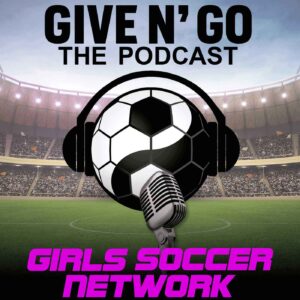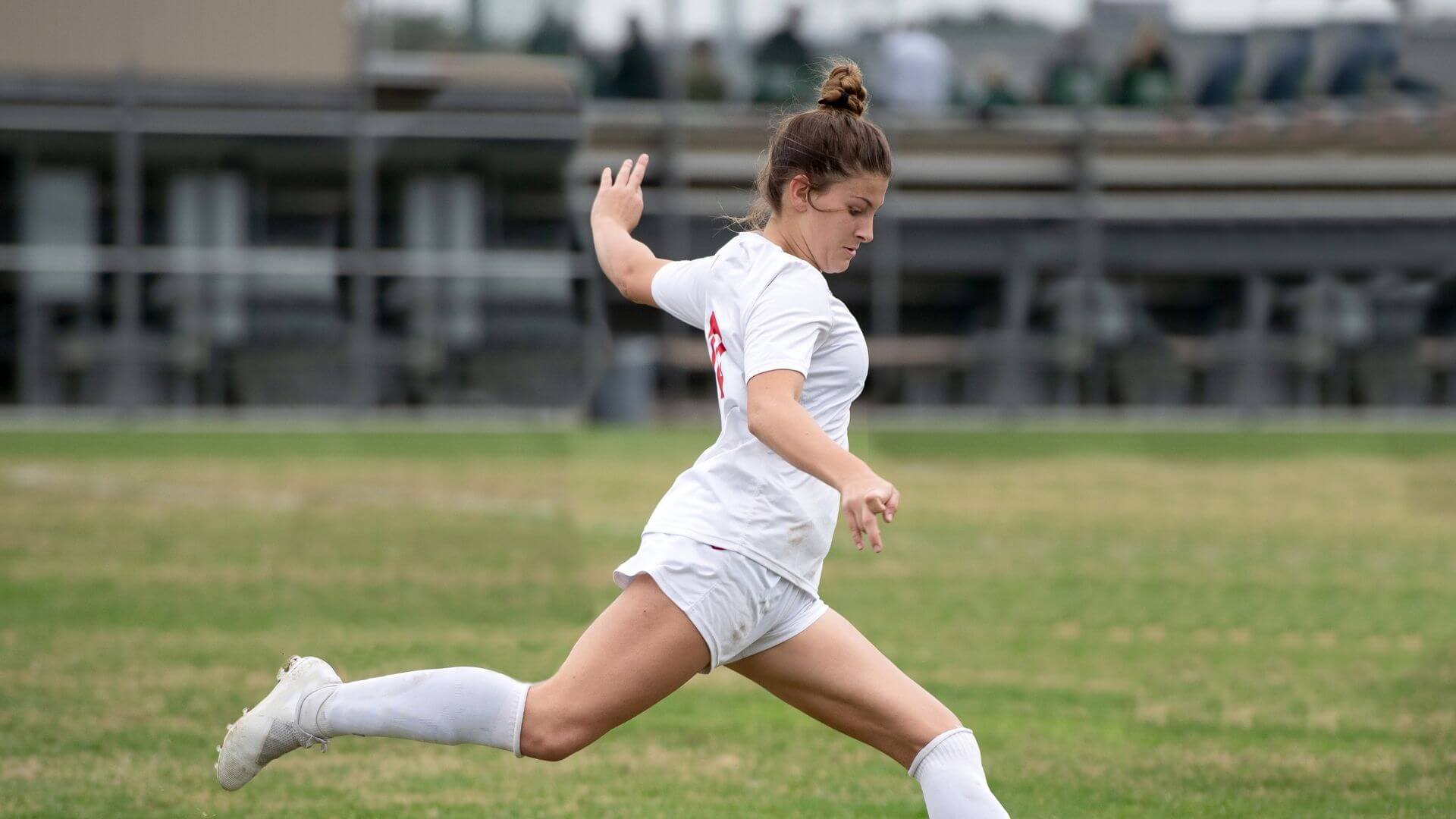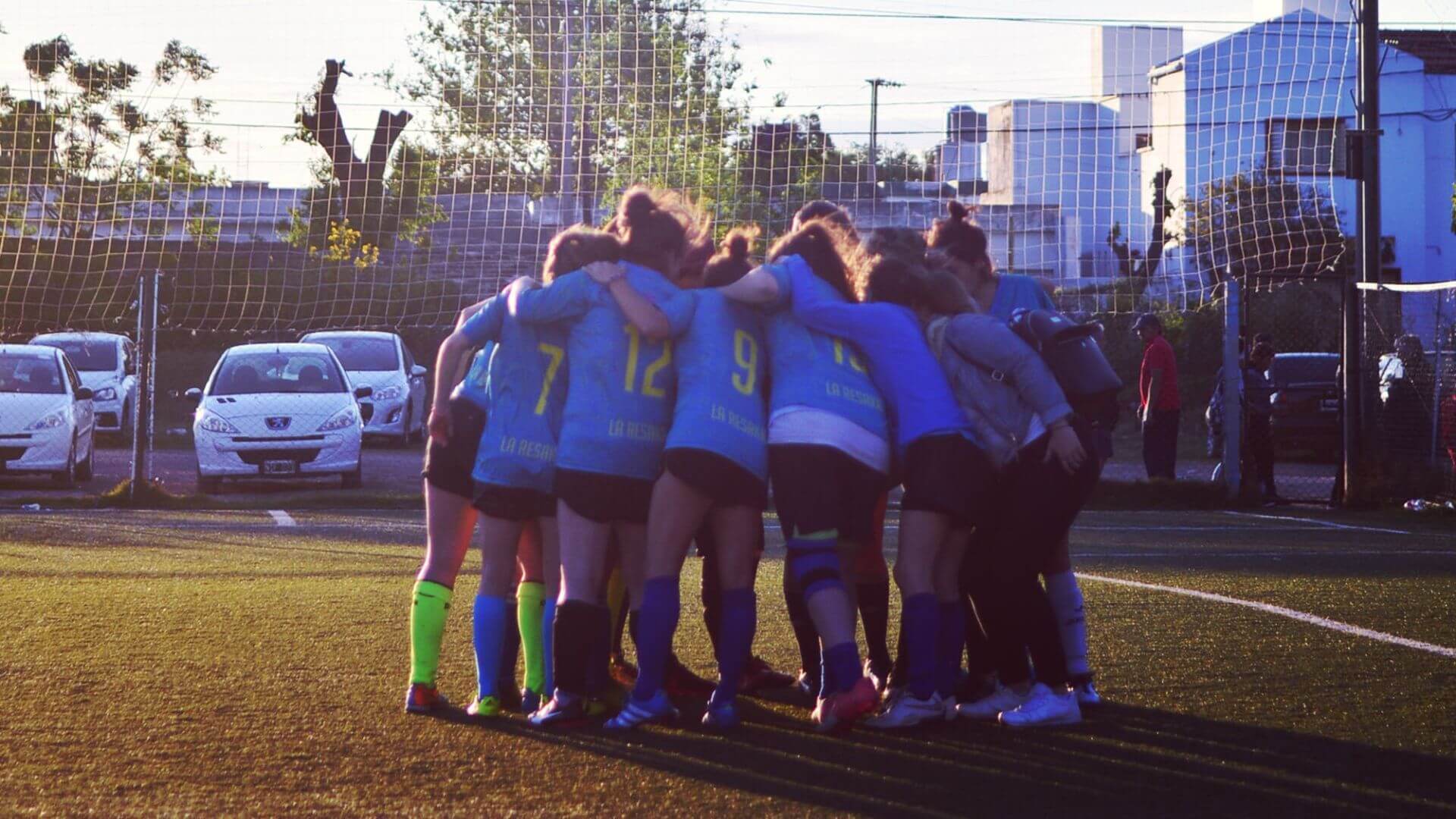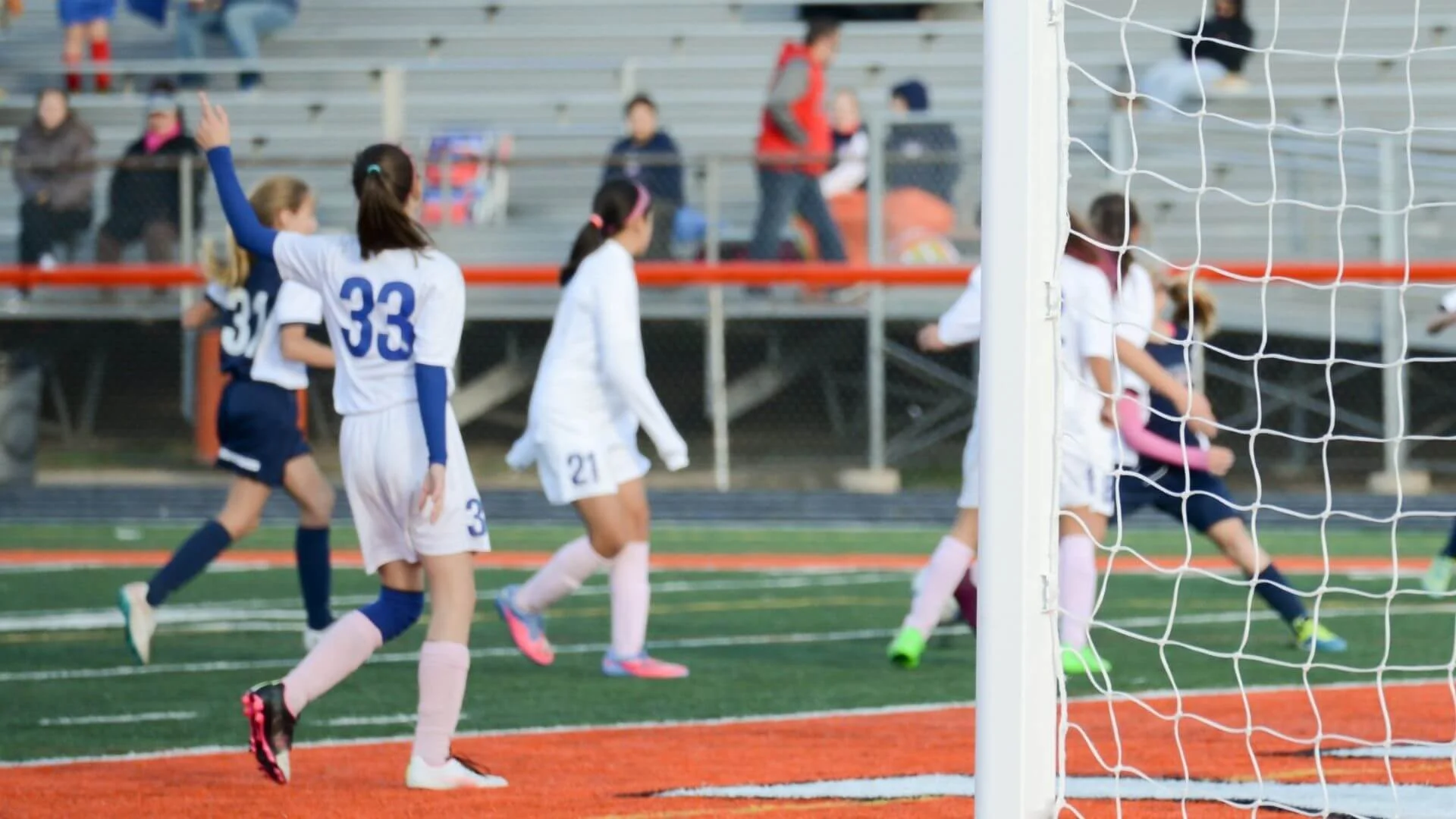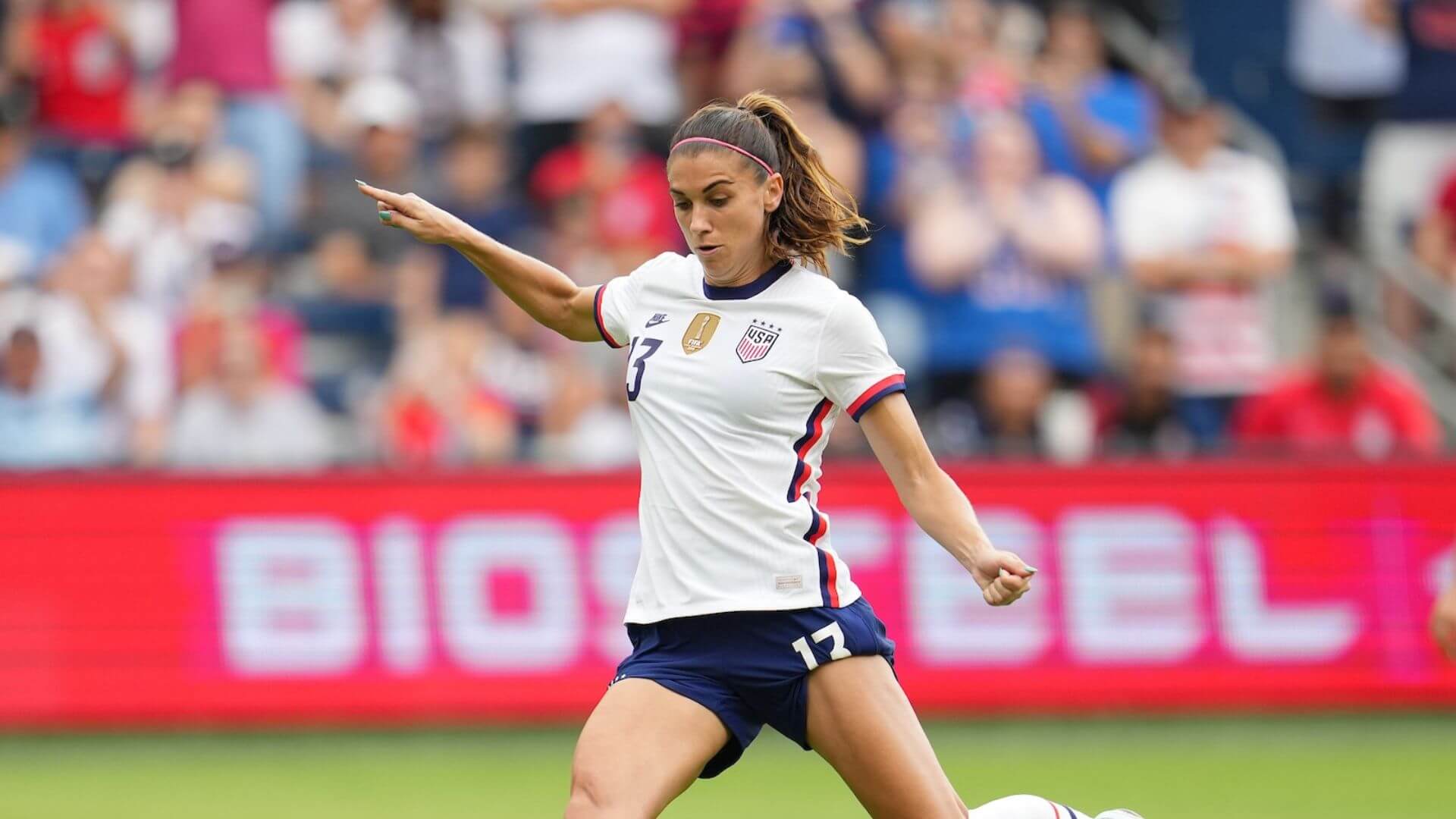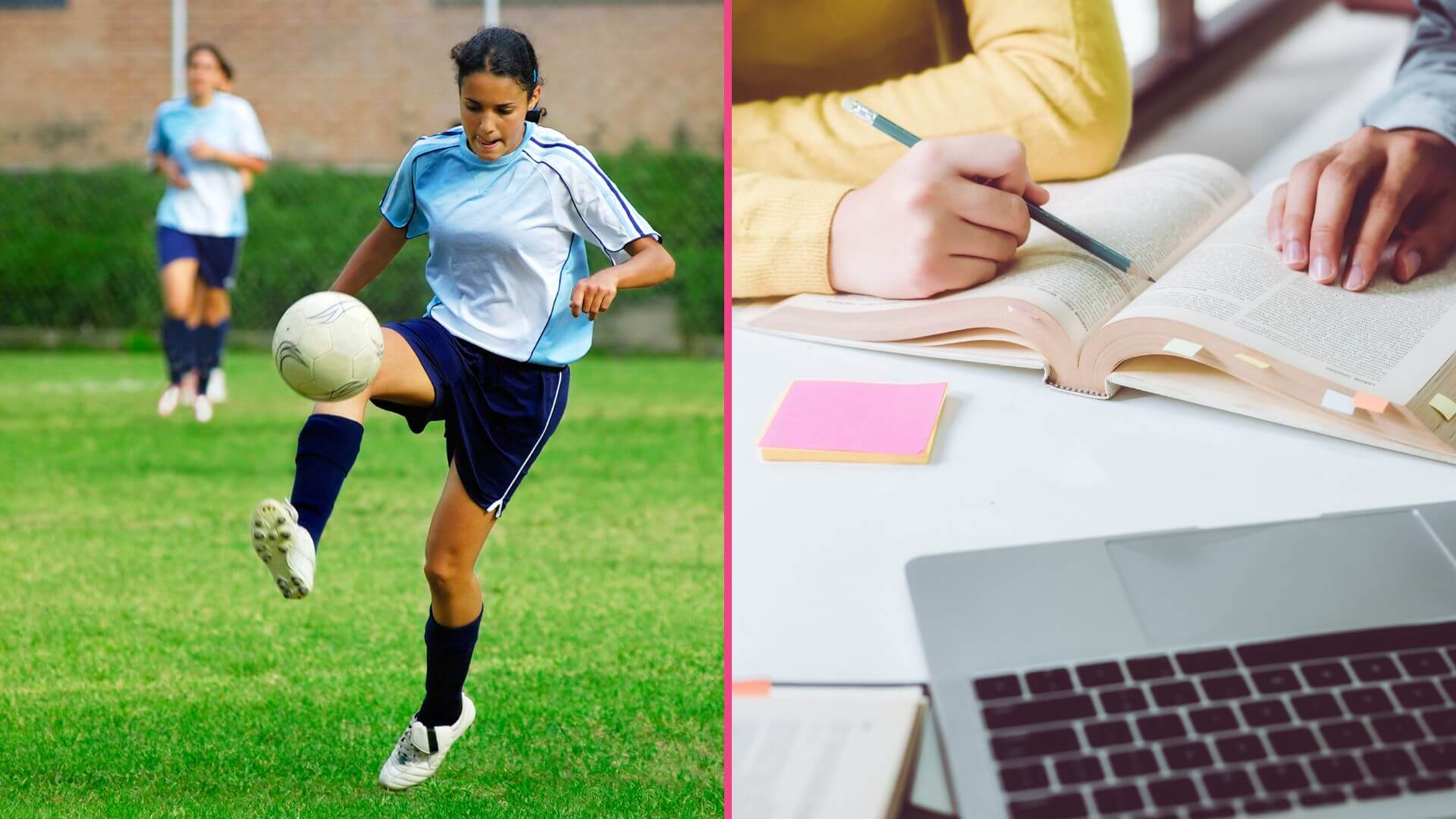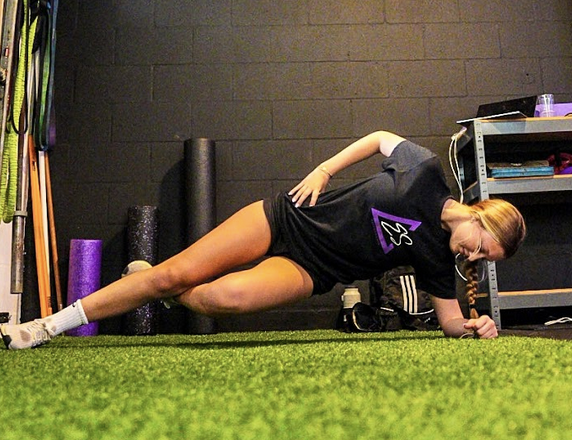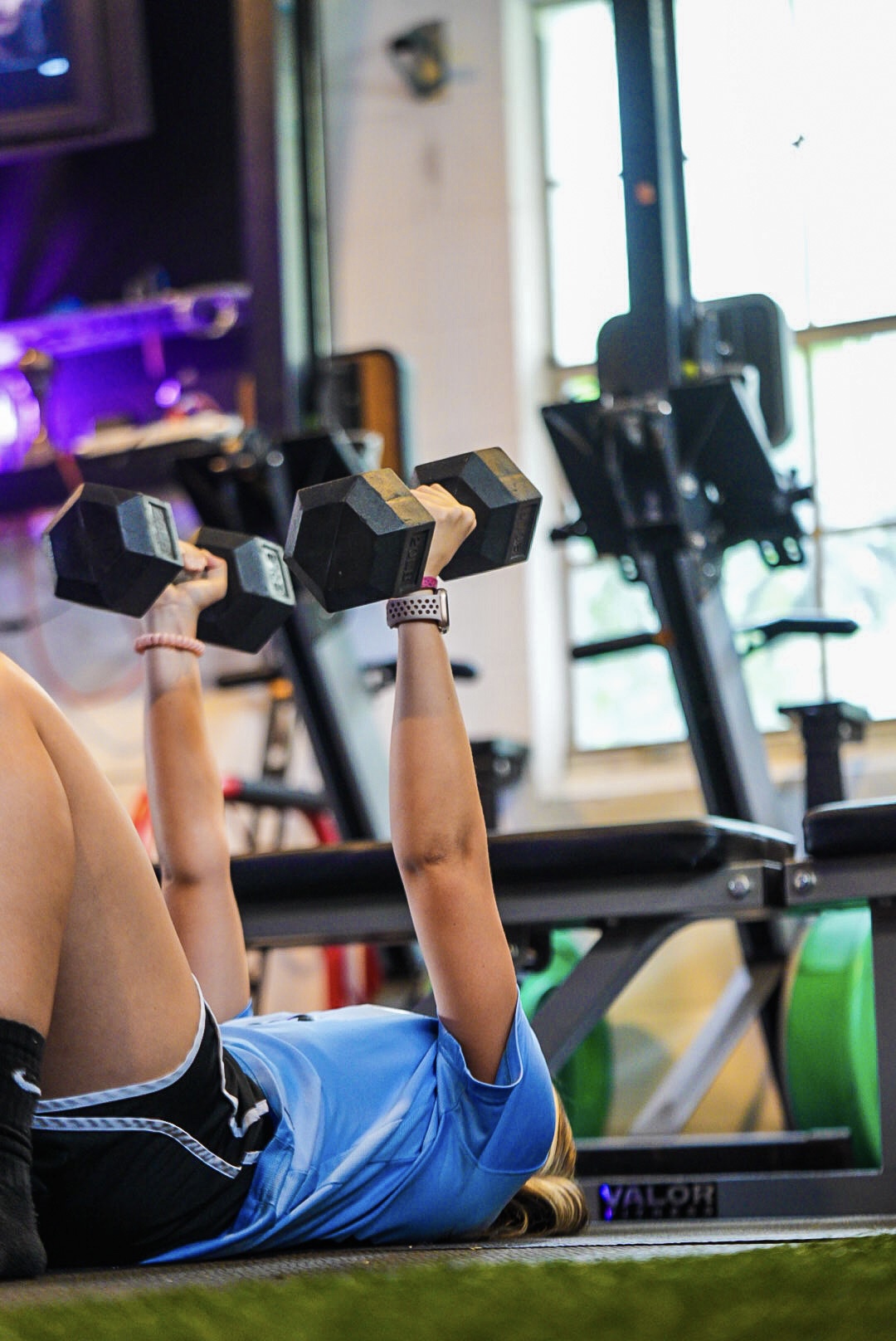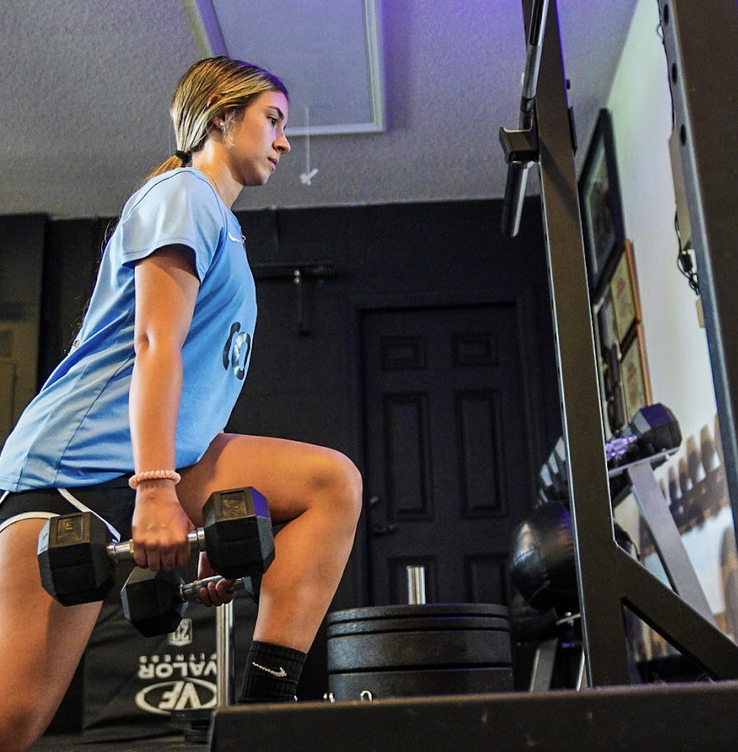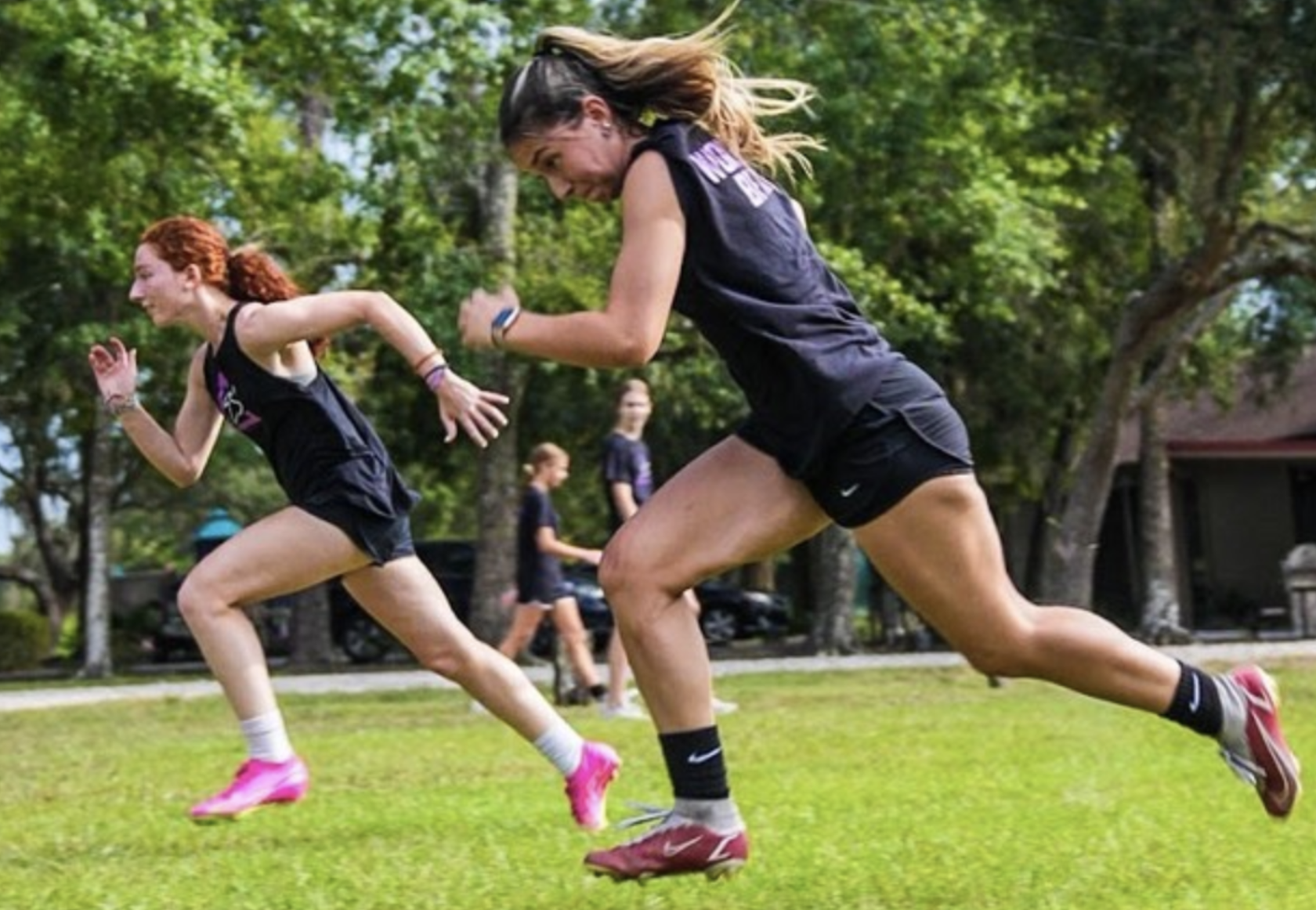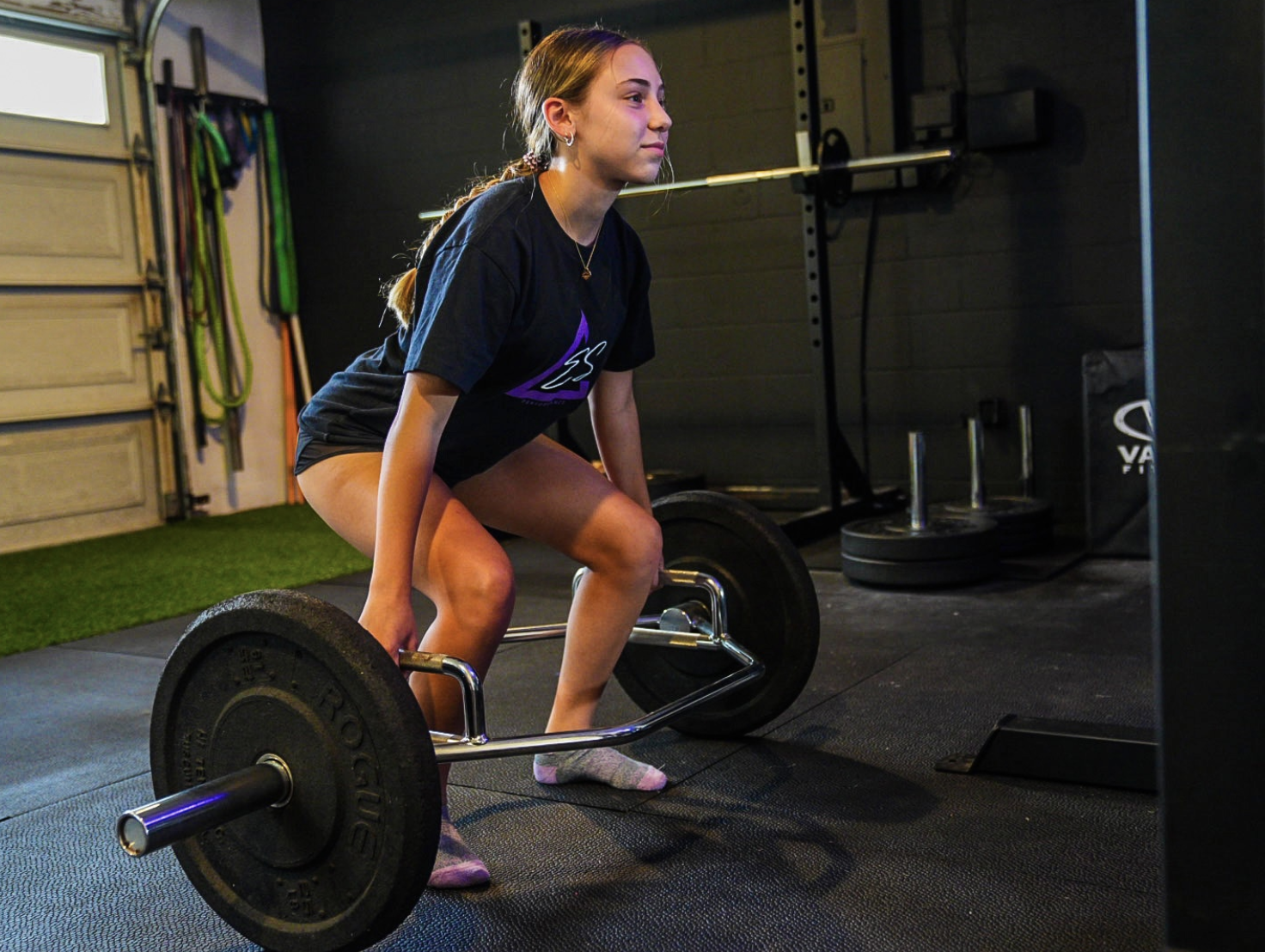True Recovery for Girls Soccer Players In Season
The biggest competitive advantage is recovering harder than your opponent.
“We’ve done several rounds of icing, Ibuprofen, daily theragun, we’ve booked several sessions with a masseuse, then chiropractor next, then our acupuncturist, we might even see the witch doctor…oh and we may try cryotherapy if all else fails and she doesn’t better. She has a major tournament again next weekend, so we are pulling all the stops.”
Who do you think needed this menu of recovery treatments? If you guessed an 80-year-old woman, I don’t blame you. Only a senior citizen who is decrepit and falling apart would need this much treatment and care.
Instead, this list of recovery methods came from the parent of an 8-year-old female soccer player. An 8-year-old girl was crumbling so much she was being overwhelmed with recovery gadgets needed for an old person.
This girl didn’t need these treatments. She needed rest. Her schedule was packed with long tournament weekends, playing over four games in one day, then two the following day. She practiced with her team three times a week over eight months out of the year, with no true off-season from competitive travel soccer.
The inevitable breakdown came, and she began to experience knee and heel pain. The dad was desperate for a solution so she wouldn’t have to sit out her next tournament. He chased the pain-suppressing pills, the bags of ice, the manual therapy, the naturopathic garbage, and all the quick-fix methods. To no avail, the girl didn’t get much better because these methods only gave her temporary relief. Acupuncture helped for a few hours, and then the pain came stinging back at the next practice.
Burning the candle at both ends never ends well.
The root of the problem was she didn’t have a moment to rest her injured joints, relax her brain, repair her muscles, focus on nutrition and refueling, and get quality sleep.
True Recovery
I’ve had athletes perplexed that icing their knees didn’t provide long-term relief. I’ve had athletes’ parents spend money on cryotherapy sessions, massage, and the latest gadget, only to get a temporary fix. Everyone wants to recover and feel great until it takes work. Just like training, recovery takes consistency and must be done year-round. Not just the day after a hard match or the week before a big showcase. Not just when an athlete feels crappy, not just when soreness creeps in, not just when an injury arises, that’s reactionary. It’s covering a gushing wound with a band-aid.
Things look and feel better for a while, but underneath, disaster is bubbling. Popping pills to numb the pain, for example, may feel good at a moment in time, but the negative effects, such as a damaged gut lining, are not worth it in the end. Going to see a masseuse feels blissful for an hour, but it won’t save an athlete if they have sleep deprivation and are malnourished. We are better off equipping female athletes with more sustainable recovery tools that are optimal for high performance and long-term health. Here is a hierarchy, starting at the base of the pyramid with the most crucial components:

1. Sleep and Nutrition
What is the point of recovery? It’s simple: to ensure the muscles and brain repair. Only sleep and nutrition allow these processes to take place and leave the female athlete feeling amazing in her body and mind.
Sleep provides the most bang-for-buck healing for a high-performing female athlete. During sleep, the muscles and brain recover, so they can have high outputs again the following day. Girls experience four sleep cycles during a night’s rest: non-rapid eye movement stage 1, non-rapid eye movement stage 2, non-rapid eye movement stage 3 (deep sleep), and rapid eye movement stage 4 (REM).
Sleep Cycles
Stage 1 is the transition from wakefulness to sleep, and the heart rate begins to slow, and the body relaxes. Stage 2 is when the heart rate slows even more, and the brain produces sleep spindles, sending the mind into a deeper sleep. In stage 3 (deep sleep), the heart rate is at its slowest, body temperature drops, blood pressure drops, and breathing slows. A breath rate of 12-16 breaths per minute is ideal during deep sleep. The muscles recover the most during stage 3 because the body is the most relaxed, and growth hormone is released to begin to repair damaged muscle tissue. The deep sleep stage has been compared to the deepest of meditation practices because the nervous system is in its most calm state. Deep sleep should account for 10-15% of your sleep cycle.
During REM sleep, the eyes move rapidly, heart rate increases, and you dream. This is the brain “cleansing” itself, allowing for an athlete to be recharged, alert, and energized the following day. Memory and cognition are supercharged during REM sleep, and it should make up 25-30% of your sleep cycle.
Optimal Sleep
For athletes to have optimal performance and reduce injury risk the most, they must get eight hours or more, according to the literature. Anything less than six hours of sleep a night gets sketchy because reaction time slows, cognitive function declines and biomechanics become inefficient. There’s a reason why it’s called “beauty sleep” because female athletes who are rested are beautifully healthy on the inside and out. Building a consistent sleep routine is critical in a female athlete’s busy world, and it’s something she should never ignore. Many female athletes I’ve worked with have expressed their struggles to fall asleep fast and not wake up in the middle of the night. I encourage all athletes to try my beauty sleep tricks below for a more restful, soothing night of sleep:
- Dim screen to nighttime mode: The eyes need minimal stimulation before bed so athletes can fall asleep faster and get into a restful state
- Turn off notifications or turn on airplane mode an hour before bed: this reduces stimulation and anything stressful before bedtime
- Dark room with blackout curtains: Darkness sends a signal to the body to go into a restful state
- Air conditioning under 70 degrees: Athletes should never be hot during sleep, and cooler temperatures relax the body
- Go to bed and wake up at the same time: Quality sleep is all about consistent routine and having a regulated circadian rhythm
- Nasal breathing before bed: slowly breathing through the nose for a five-second inhale and 5 second exhale sends the nervous system into a relaxed state
- Mouth tape: This is to ensure nasal breathing during sleep, which allows for more oxygen to go to the brain so athletes wake up feeling rested and alert
Nutrition and Sleep
Nutrition makes sleep better, too. When female athletes are nourished with high-quality proteins, their muscles can finally rebuild and enter anabolic state. They reap massive muscle-building and recovery benefits when growth hormone is released during deep sleep. Protein consumed a few hours before bedtime allows for better digestion, so sleep isn’t disrupted. Female athletes should stay far, far away from processed carbohydrates and sugars before bedtime because it can delay their ability to fall asleep fast due to insulin spikes.
Start with sleep and nutrition first, not just because they’re best for recovery but because they’re required for overall human health, survival, and high performance.
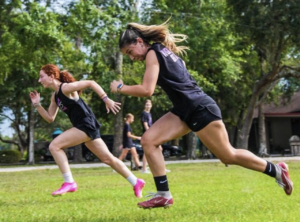
2. Off Days and Active Recovery
Recovery isn’t possible when there aren’t true off days. For the muscles and brain to be able to repair, there needs to be a significant reduction in joint loading as well as mental stimulation.
When an athlete is plowing through 7 days a week – bopping from practice to practice, to skills training, to games, this taxes the nervous system and eventually leads to diminishing returns. Some days, the calendar needs to have no to-do lists, places to be, or long commutes to make. It’s tempting to want to do more than your neighbor, keep up with everyone else, and say ‘yes’ to everything. The best athletes, however, recover. They have boundaries and know when to say no. They know when enough is enough. The best athletes know taking rest days pays dividends in the long run. They are unwavering in their recovery habits.
Off days don’t mean plopping on the sofa and binge-watching television. It means doing low-impact, active recovery to get blood flowing to the muscles, calm the nervous system, and work out any kinks in the joints. I advise against jogging on an off day because the load on the joints is too much, and it raises the heart rate as well as cortisol levels. Jogging is the opposite of what we want to get out of recovery: to ensure the muscles and brain repair. Female athletes are better off going for a relaxing walk outside or doing floor mobility circuits to avoid breaking the muscles down further and stimulating the brain too much. Here are a few sample circuits:
Recovery #1
Quad Foam Roll
Hip Foam Roll
Kneeling Quad Stretch x 60 seconds each
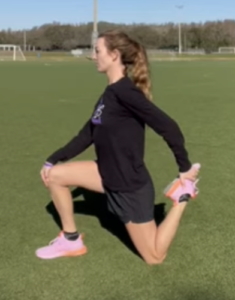
Recovery #2
Quad Foam Roll
Hip Foam Roll
Glute Wall Stretch x 60 seconds each
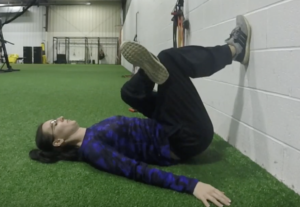
3. Cold Therapy, Massage
There’s a reason why these methods are the last priority of the recovery hierarchy. This doesn’t mean they aren’t worthwhile, but they must be sprinkled strategically after the foundation is nailed down.
A female athlete who sleeps beautifully is nourished, has off days, and moves lightly can begin using cold therapy and massage to her advantage. These are the icing on the cake. These are what give an athlete an edge. They must be used strategically after all the basics are in place.
For example, if an athlete has her sleep, nutrition, and off days nailed down but plays in a four-game tournament one weekend, adding in a cold bath or cold compression to facilitate recovery more during this high volume time is necessary. She will become supercharged. Getting the theragun out and massaging the tissues while simultaneously refueling with animal-based protein is also a powerful combination. Cold therapy and massage are useful when used to get an extra push and done in conjunction with proper rest and eating since they reduce inflammation and calm the nervous system.
You Can’t Trick Poor Lifestyle
A girl cannot out-ice, out-massage, out-foam roll, out-cryotherapy, out-tape, out-knee brace, out-acupuncture, out-theragun, out-pill-pop, out-cortisone-shot muscle soreness or injury when she’s under-rested, underslept, undernourished, over stressed, over trained, and over-scheduled. An athlete has knee pain? She can play games and throw ice on it afterward for temporary relief. However, the knee only becomes weaker, more susceptible to the forces in the next match.
Using these recovery modalities first before mastering the basics is like trying to cover blood with the carpet. It’s a band-aid over a gushing wound. It’s weak, and it is useless. If an athlete believes she can stretch for muscle soreness while at the same time they’re protein deficient, the muscles will never repair and rebuild.
The body keeps score. Don’t try to fool it with quick fixes. You can try all you want to go against nature, but no passive treatment will help the body become robust. High performance is the furthest thing away from quick fixes. It’s the opposite.
What Are We Chasing?
A female athlete will never achieve high performance if true recovery isn’t a priority. Eventually, her poor habits will expose her and leave her behind. She will suffer if she continues to push through and rolls her eyes at the muscles and brain needing off days.
What are we chasing? Are we chasing the grind only to reach a point of diminishing returns? Screw the grind. How about everyone gets clear on whether any of this is necessary? Prioritize recovery. Do the opposite of what the crowd is doing. Without recovery, high performance isn’t possible. Without recovery, gains aren’t made. They’re destroyed. The highest performers recover hard.
The biggest competitive advantage is recovering harder than your opponent.
ABOUT THE AUTHOR

Erica Suter is a former college 3x All-American soccer player from Johns Hopkins University. She is giving back to the game and to female soccer players as a full-time performance coach. Suter holds a Master of Science in Exercise Science and has been helping girls with speed, agility, strength, and conditioning for over 12 years in the ECNL, GA, and NPL. She is the author of the book The Strong Female Athlete, a guide for female athletes on improving performance and reducing injury.
Her players have gone on to play college soccer at UNC, University of Maryland, Pittsburgh, Northwestern, West Point, University of South Florida, University of Charleston, MIT, Johns Hopkins, Carnegie Mellon, Rutgers, Towson University, and more.
Follow Erica on Twitter: @fitsoccerqueen
Check out her podcast: The Soccer Queens Podcast
_
GIRLS SOCCER NETWORK: YOUR SOURCE FOR GIRLS SOCCER NEWS


